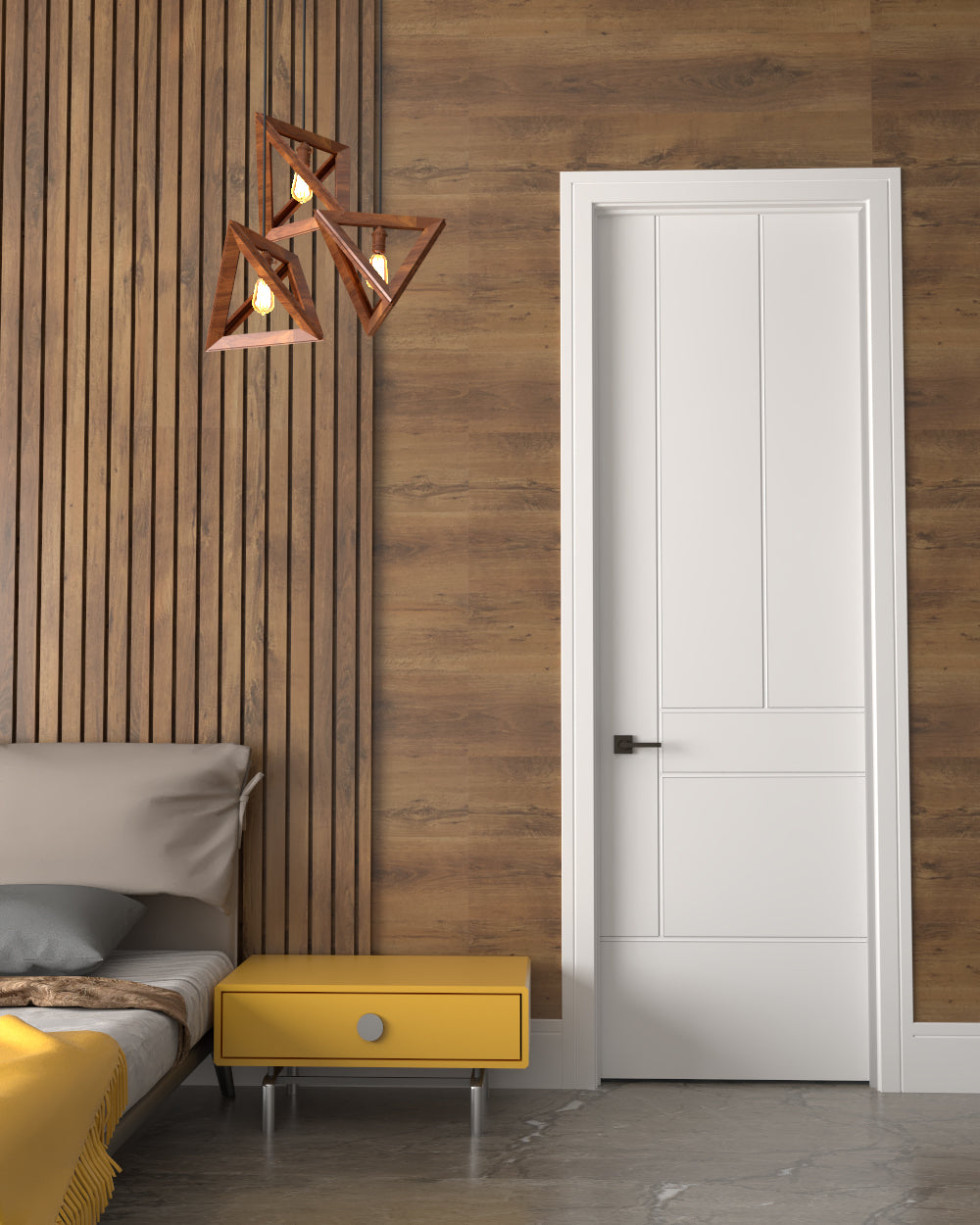Aster Primed Carved Interior Door 8'0" (96")
- Sleek and subtle design
- Modern Interior Designer door
- Carved door
- Primed and ready for paint
| Item Number | Order Size |
| CARVED8016-ASTER | 1'6" (18") X 8'0" (96") |
| CARVED8020-ASTER | 2'0" (24") X 8'0" (96") |
| CARVED8022-ASTER | 2'2" (26") X 8'0" (96") |
| CARVED8024-ASTER | 2'4" (28") X 8'0" (96") |
| CARVED8026-ASTER | 2'6" (30") X 8'0" (96") |
| CARVED8028-ASTER | 2'8" (32") X 8'0" (96") |
| CARVED80210-ASTER | 2'10" (34") X 8'0" (96") |
| CARVED8030-ASTER | 3'0" (36") X 8'0" (96") |
Product details
Specifications
Installation Instructions
Care & Maintenance
Return Policy



Recommended
Discover More Options
- Choosing a selection results in a full page refresh.



